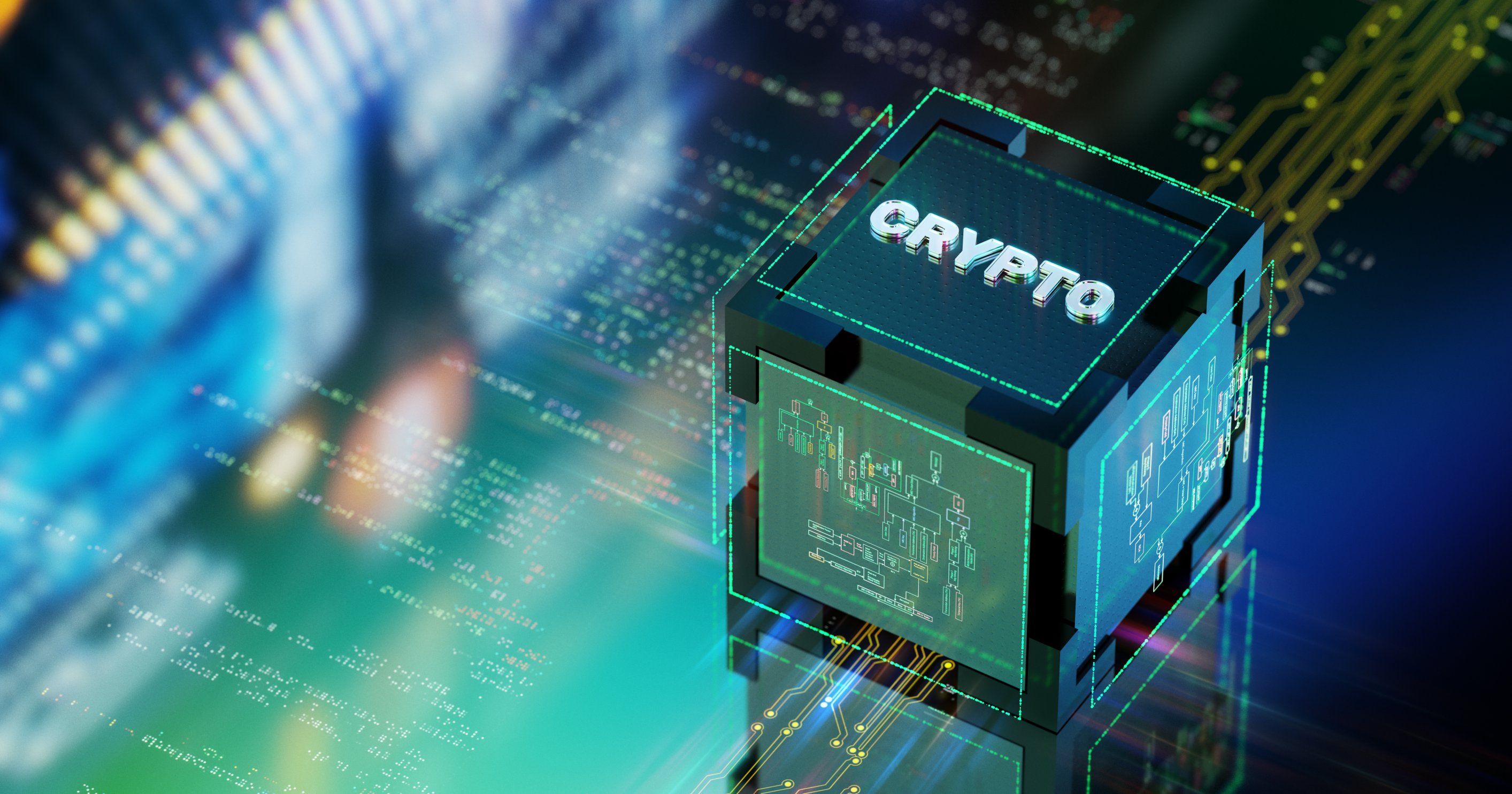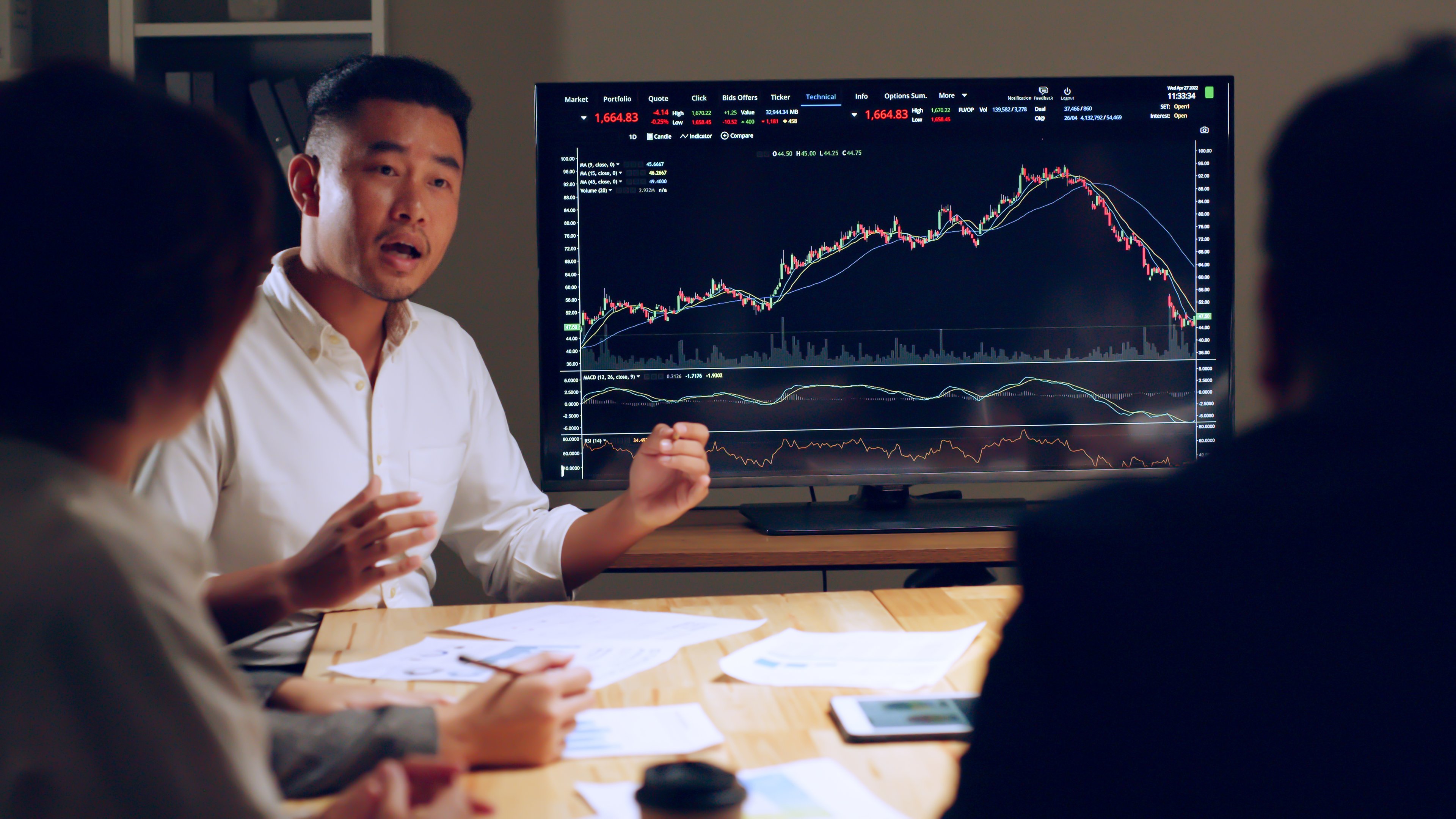Most investors learn early that markets move when supply meets fresh demand. Right now, XRP (XRP +0.77%) changes hands near $2.25 per token. That doesn't scream excitement on its own. It does, however, set a remarkably low bar for upside if three key catalysts keep gathering steam.
Each one of these developments builds XRP's core narrative in durable ways. If they converge over the next 5 years (and they look like they will), a 100% move to roughly $4.50 per coin becomes a stretch goal rather than a fantasy.
What's more, the triggers are already visible on the blockchain, as well as in boardrooms. Let's examine these three catalysts, the risks they carry, and the signs to watch next.
1. An always-on liquidity engine
In March 2024, the XRP Ledger activated its long-awaited automated market-maker (AMM) amendment, giving the ledger a built-in liquidity pool instead of relying solely on limit-order books. In other words, XRP's own liquidity can settle transactions right away, rather than wait for matching buy and sell orders. This upgrade to the chain, while technical in nature, has big implications for its attractiveness to institutional investors.
Liquidity providers (which effectively mean any players with large volumes of capital) can now earn fees without their money leaving the network, which is a change aimed at keeping assets parked on the chain rather than hopping to centralized exchanges.
Permanent liquidity matters because it compresses spreads and lowers slippage. These are price-stability qualities that institutions demand before routing large flows of capital through a blockchain. In other words, the new AMM helps large capital holders to transact more efficiently.

Image source: Getty Images.
Assuming the crypto's AMMs keep accumulating assets, the network could become the cheapest place to swap stablecoins and XRP itself.
That would underpin durable transactional demand and create a self-reinforcing cycle wherein institutions can easily move and hold larger and larger amounts of money.
2. Tokenizing the tangible world
Over the long term, more and more assets will be tracked on blockchains. Assets that are tracked on chains are said to be "tokenized" because their ownership is represented by a crypto token. XRP is well positioned to be one of the leading blockchains on that front, capturing massive inflows from asset holders looking to tokenize and manage their capital.
The Boston Consulting Group estimates that the market for tokenized real-world assets (RWAs) will be worth roughly $16 trillion by 2030, or approximately 10% of global gross domestic product. XRP is angling for a big slice of that sum via pilots that map real estate deeds and other assets to its transaction ledger.
The official blog of Ripple Labs, the company behind XRP, recently highlighted a handful of live property-token tests, using compliance and built-in controls as chief selling points.
For now, the ledger hosts only four RWA token platforms, which are worth about $117 million. That tiny base is, at the moment, a bug but also a feature. If even 1% of that projected $16 trillion ends up hosted on the XRP ledger, coin holders would be sharing a pool north of $160 billion, which is more than the coin's current market cap of $132 billion.
So just on the basis of the potential inflows alone, the coin could more than double in value, and that's before taking into account any changes to its valuation multiple that it would experience as a result.

CRYPTO: XRP
Key Data Points
3. Big treasuries, lighter regulators
Liquidity engines and asset management rails do very little without having any capital to move. For XRP, that capital is finally arriving in the form of corporate treasuries that are looking to buy and hold it.
BitGo is facilitating a $100 million XRP purchase for renewable-power company VivoPower as of early June. Webus, an e-commerce group, just filed for a $300 million XRP reserve on June 2 as well.
These sums are minuscule relative to the sum of all corporate cash coffers, yet they validate a new use: parking idle dollars in XRP to settle payments on demand or hedge against fiat currency friction. As more crypto treasurers copy this playbook, XRP's free floating supply will shrink, which puts another round of upward pressure on the price.
The ongoing regulatory thaw regarding XRP is another key dimension. The long fight between the Securities and Exchange Commission (SEC) and Ripple is winding down after a March settlement that returned $75 million of fines and closed the door on a years-long legal slugfest.
With the regulatory cloud lifting, U.S. institutions that were unhappy about any semblance of legal ambiguity now have a clearer path to hold or transact in XRP. It is not at all guaranteed that regulators will remain permissive over the long run, but the worst-case risks are now dramatically lower than at any point since 2020.
Thus, when combining the increasing prospects of permanent on-ledger liquidity, a credible road map to winning the RWA tokenization market, and growing interest from corporate treasuries, XRP starts to look less like a litigation lottery ticket and more like a credible payments utility token.
These catalysts don't make the coin price doubling by 2030 a sure thing. Still, each catalyst tightens supply, widens demand, or both. If you're willing to hold this coin for the long term, it's worth buying today. A 100% gain in five years might even be a conservative target if everything works out just right.





